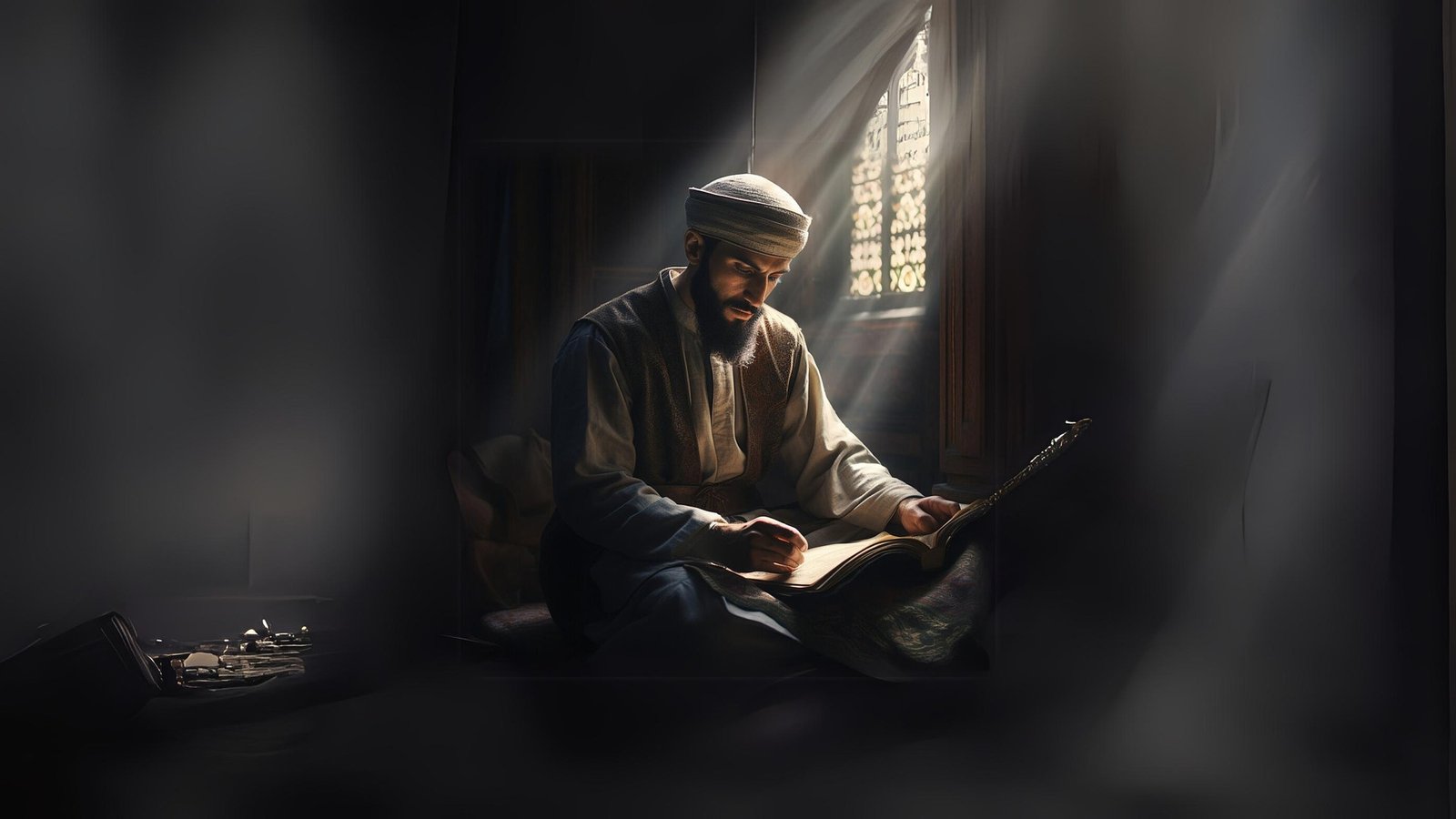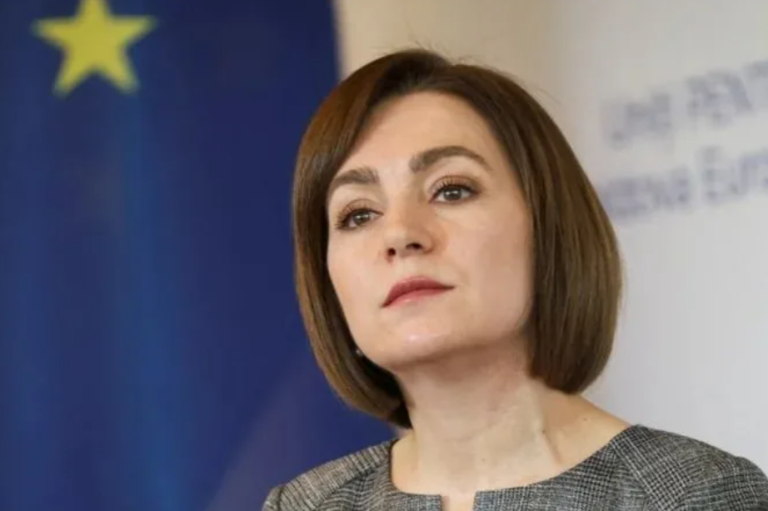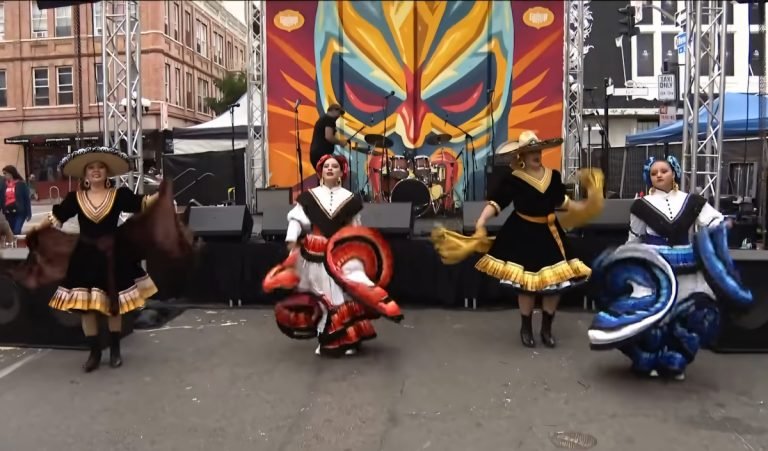What is Eid al-Fitr? 6 Questions About the Holiday and How Muslims Celebrate It

Eid al-Fitr stands as one of the principal celebrations within Islam, distinguished by its timing and spiritual significance. With its celebration rooted in profound religious traditions, this festival brings together Muslims worldwide in a vivid demonstration of faith and community. Ken Chitwood, an esteemed scholar in global Islam, sheds light on the intricacies and joy of this celebration.
1. Understanding Eid
What is Eid?
In Arabic, “Eid” translates to a festival or feast, marking a time of joy and communal gathering. Islam observes two major Eid celebrations annually: Eid al-Fitr, which arrives earlier in the year, and Eid al-Adha, celebrated later. Eid al-Fitr, also known as the Lesser Eid, spans three days, contrasting with the four-day observance of Eid al-Adha, the Greater Eid.
The Significance Behind Celebrating Eid Twice a Year
Islam’s calendar features two Eids to commemorate distinct pivotal events in Islamic history, enriching the spiritual tapestry of the faith.
2. Eid al-Fitr: The Celebration of Breaking the Fast
The Essence of Eid al-Fitr
Eid al-Fitr, or “the feast of breaking the fast,” concludes the holy month of Ramadan, a period dedicated to fasting from dawn till dusk. This celebration honors the revelation of the Quran to Prophet Muhammad, marking a time of joy and spiritual renewal.
How is Eid al-Fitr Celebrated?
Muslims engage in special prayers, exchange greetings of “Eid Mubarak,” and partake in charitable acts, embodying the spirit of community and generosity. The festivities, which vary across different cultures, include preparing sweet dishes, giving gifts, and sharing joy with loved ones.
3. Eid al-Adha: The Feast of Sacrifice
Understanding Eid al-Adha
Occurring after the Hajj pilgrimage, Eid al-Adha commemorates Prophet Ibrahim’s unwavering faith. It is a reminder of the willingness to sacrifice in obedience to God, symbolized by the act of slaughtering an animal in remembrance of Ibrahim’s test of faith.
4. The Timing of Celebrations
Lunar Calendar and Eid
Eid al-Fitr and Eid al-Adha are determined by the Islamic lunar calendar, resulting in varying dates each year when compared to the Gregorian calendar. This aspect underscores the unique timing of Islamic festivities.
5. The Spiritual Depth of Eid al-Fitr
Eid’s Spiritual Significance
Following the fasting of Ramadan, Eid al-Fitr emerges as a celebration of divine strength and endurance. It is a time for Zakat al-Fitr, a form of charity that emphasizes the communal and joyous nature of the festival, encouraging the sharing of blessings and wealth.
Conclusion
Eid al-Fitr and Eid al-Adha serve as profound moments of reflection, joy, and community in Islam. Through these celebrations, Muslims worldwide connect with their faith’s historical and spiritual foundations, fostering a sense of unity and generosity that transcends cultural and geographical boundaries.





